[ad_1]
Finding just the right book for a group read is like selecting wine for a dinner party: it needs to please a variety of palates and spark great conversation. No matter the theme or genre, book club books will encourage debate and inspire readers to articulate their thoughts. The books on this list range from historical fiction to current events, spanning eras and geographies from 18th-century Paris to present-day Idaho. Whether you’re hosting a virtual book club or still meeting IRL, these gifts for book clubbers will galvanize conversation, delivering inspiration well after the final page. And if you’re looking for even *more* books for your book club, check out this list of the Best Books for Book Clubs.
Featured Image: Chelsea Fone
-
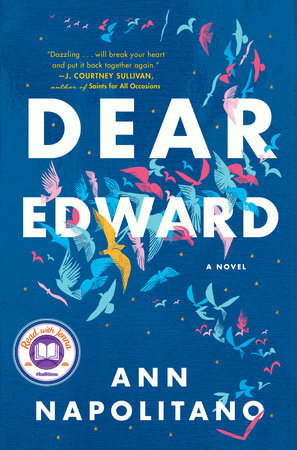
Dear Edward
Ann Napolitano
Talking about tragedy is one thing—feeling it is another thing entirely. In Dear Edward, Ann Napolitano manages to convey the way it feels to lose beloveds, because she paints them for us in the midst of their busy, messy lives, only moments before death. The novel centers around Edward, the sole survivor of a plane crash. Among the many other passengers were his parents and brother, and while Edward moves in with his aunt and uncle, barely able to deal with the world of the living, readers come face to face with the newly dead.
-
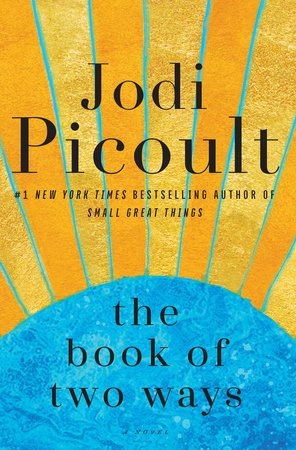
The Book of Two Ways
Jodi Picoult
Dawn Edelstein’s career was derailed by her mother’s death when she was a graduate student. Taking care of her younger brother, only 13 at the time, took precedence, and Dawn left behind her studies in Egyptology and became a death doula instead, working in hospice with those nearing death. She married a physicist named Brian and had a child of her own. Years later, when Dawn survives a plane crash, two choices open up to her—return home, or take a flight to the site of her former studies and the man she left behind. Can she follow both? Sliding Doors fans will love Jodi Picoult’s newest novel.
-

The Undocumented Americans
Karla Cornejo Villavicencio
Writer Karla Cornejo Villavicencio was on DACA when she decided to write about being undocumented for the first time using her own name. It was right after the election of 2016, the day she realized the story she’d tried to steer clear of was the only one she wanted to tell. Looking beyond the flashpoints of the border or the activism of the DREAMers, Cornejo Villavicencio explores the lives of the undocumented—and the mysteries of her own life. She finds the singular, effervescent characters across the nation often reduced in the media to political pawns or nameless laborers. The stories she tells are not deferential or naively inspirational but show the love, magic, heartbreak, insanity, and vulgarity that infuse the day-to-day lives of her subjects.
-
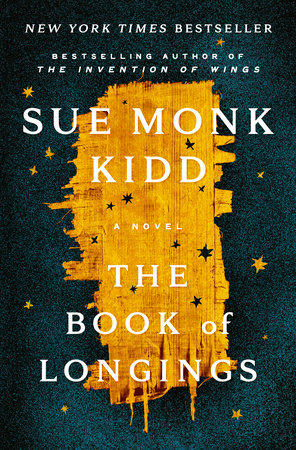
The Book of Longings
Sue Monk Kidd
“He that is without sin among you, let him first cast a stone at her,” Jesus said in the Gospel According to John, when a woman was about to be stoned to death. But who was that woman, really? Sue Monk Kidd fully imagines her in this novel as Ana, the daughter of Matthias, head scribe to Roman tetrarch Herod Antipas. Very much her father’s daughter, Ana yearns to write and is allowed to for a time, but her position and gender require her to marry eventually. But Ana wants to make her own choices—will she get to?
-
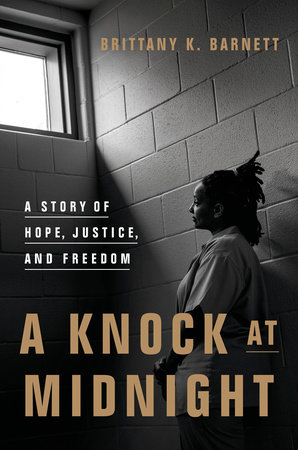
A Knock at Midnight
Brittany K. Barnett
Brittany K. Barnett was no stranger to the way the American criminal justice system treated Black people, but when she started law school, she intended to go into corporate law. Except that a case she learned about in a criminal law course stuck with her: Sharanda Jones, sentenced to life in prison without parole for a first-time drug offense. Barnett did begin working at a corporate law firm in 2011, but on the side, worked on Jones’s case and others. In this memoir, she shares the various methods she tried, and her arrival at the advocacy work she does now.
-
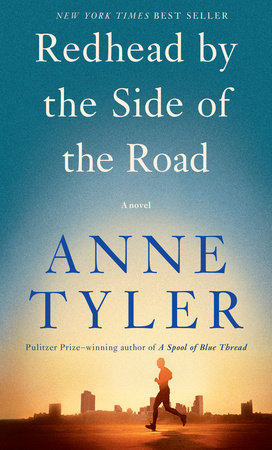
Redhead by the Side of the Road
Anne Tyler
Micah Mortimer is the kind of guy it’s easy to secretly hate, because his life is so optimized and organized that it makes the rest of us mortals feel sloppy and unproductive. But Micah is, at his core, lonely. He’s the super of his building in the afternoons and a tech consultant in the mornings, and though he’s dating a woman named Cass, she breaks up with him soon enough, when she realizes how he can extend himself to someone else but not to her. As Micah begins to realize how many walls he’s put up, they begin to come down.
-
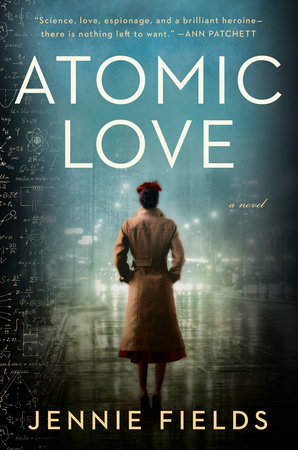
Atomic Love
Jennie Fields
It’s been 75 years since the first and last use of atomic bombs on civilian populations. In Jennie Fields’s historical novel, a scientist named Rosalind Porter has been living with the guilt of her involvement in the Manhattan Project ever since learning of the devastation wrought by the bombs dropped on Japan. In 1950, the FBI come knocking, asking her to help them spy on a fellow scientist and former lover who ruined her career. Seeking redemption, she doesn’t expect to also find love.
-
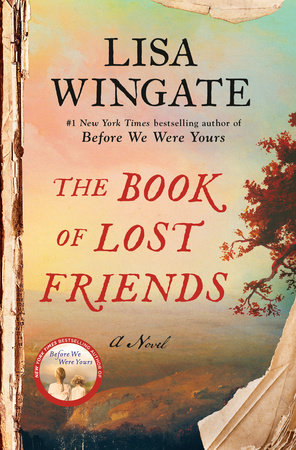
The Book of Lost Friends
Lisa Wingate
In 1987, Benny Silva, a new teacher, is deep in student debt. To get out of it, she takes a subsidized job teaching in a rural school in Augustine, Louisiana, and learns that while she thought she knew a thing or two about money woes, her life has been stable in comparison to many of her students living in deep poverty. A century prior, three women are thrust together on a journey during Reconstruction: Hannie, a freed slave; Lavinia, heir to a plantation; and Juneau Jane, Lavinia’s Creole sister. Their fate is just waiting to be unearthed.
-

Sanctuary
Paola Mendoza
When Colombian immigrant Valentina González Ramirez was younger, the president won a third term, implanted ID chips in citizens, and increased deportation raids even further while building the Great American Wall along the border of the U.S. and Mexico. It’s 2032 now, Vali is a teenager, and her mother’s counterfeit chip—implanted because the family is undocumented, which is almost impossible to be anymore—has started malfunctioning. The good-ish news is that California has recently seceded and become a sanctuary, and Vali, her mother, and younger brother decide their best bet is to make the harrowing cross-country journey there from Vermont.
-
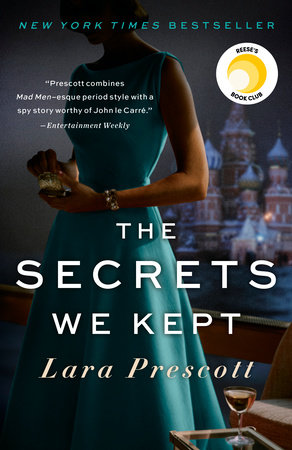
The Secrets We Kept
Lara Prescott
Doctor Zhivago, the novel (later adapted into a film by the same name) by Boris Pasternak, sits at the heart of this story of art and resistance. At the start of the Cold War, two typists for the CIA in Washington, DC, are given an assignment that reveals the real reason they were hired: they’re to go to the USSR and smuggle out Pasternak’s manuscript, suppressed by the Russian government, and help get it published. Meanwhile, Pasternak’s beloved Olga Ivinskaya—their love affair the inspiration for the novel—is sent to the Gulag over her loyalty to the artist.
-
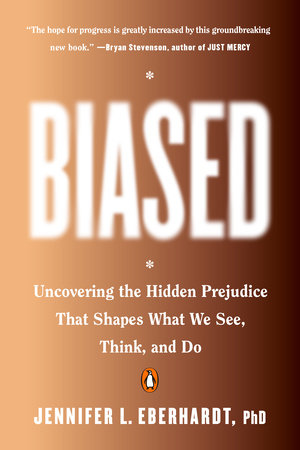
Biased
Jennifer L. Eberhardt, PhD
The fact is that every level of society’s structures has been built on explicit and unconscious bias—so we can be antiracist allies yet still be biased. Racism isn’t the provenance of a few bad actors, but a structural issue that’s deeply embedded into our psyches. Dr. Jennifer L. Eberhardt has been researching unconscious bias for years, using courtrooms, boardrooms, prisons, classrooms, and small businesses as her labs. While she’s proven just how widespread the issue is, she’s not despairing. Instead, she’s designed anti-bias initiatives and helped businesses address the biases working inside their corporate systems. Here, she shares her findings and shows us how it’s possible to change.
-
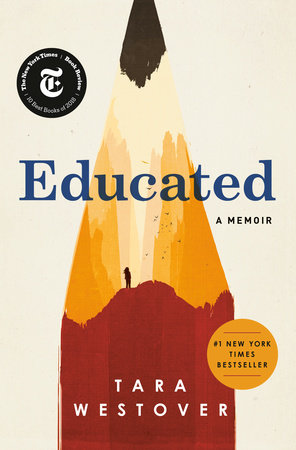
Educated
Tara Westover
Imagine growing up in the remote mountains of Idaho, never attending school, and with parents who taught you to be so suspicious of the world that you’ve never seen a doctor. This was Tara Westover’s early life, and here she tells us how she bravely stepped away from it to get a formal education. This book raises fascinating questions, not just about the institution of education, but the moral evolution that ensues when a young woman takes her fate into her own hands.
-
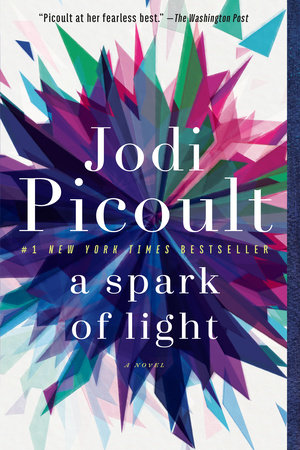
A Spark of Light
Jodi Picoult
As with most of her novels, Picoult’s latest can take book club discussions in several directions. The issues of gun control and women’s reproductive rights take center stage in this gripping story, but then there’s the structure: what effect does Picoult achieve by delivering the narrative in reverse chronological order? This one might require more than one meeting to grasp.
-
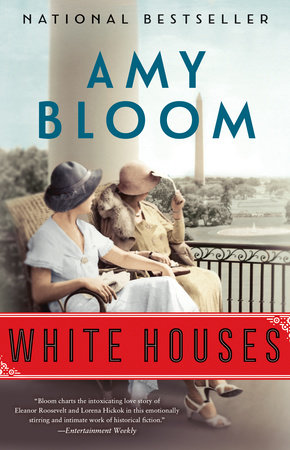
White Houses
Amy Bloom
Fans of The Paris Wife and The Swans of Fifth Avenue will dive headfirst into this revealing look at Eleanor Roosevelt’s relationship with Lorena Hickok, Eleanor’s close friend and lover during FDR’s presidency. Bloom’s fictional account of the true romance elegantly shines light on a little-discussed fact of American history.
-

Night of Miracles
Elizabeth Berg
A tug-at-the-heartstrings tale, Night of Miracles celebrates the power of community and is a timely reminder of how compassion can be an antidote to challenging situations. Defy your book club-mates to resist the uplifting message of Berg’s latest, which teaches us that love is often found in unexpected places—and people.
-
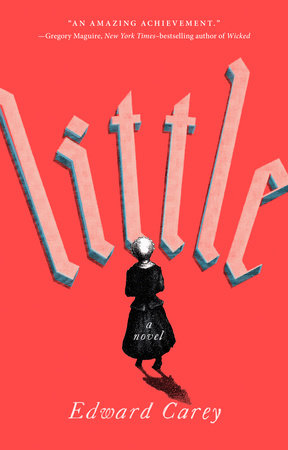
Little
Edward Carey
Set in 1761 Paris, this bizarre story could keep a book group talking all night—or at least up all night. Based on the life of Madame Tussaud, the novel is at once macabre and funny, weird and warming. Its originality makes it compulsively readable, while it remains inscrutable enough to fuel endless conversation and interpretation.
-

White Chrysanthemum
Mary Lynn Bracht
World War II separates two sisters in Korea in this debut novel by Mary Lynn Bracht, an American author of Korean descent. The powerful tale chronicles the ugly realities that war forces one sister to endure, while surfacing the anguish the other feels as she tries to make peace with the past. Can love triumph over evil? Readers will relish the ways these sisters find out.
-
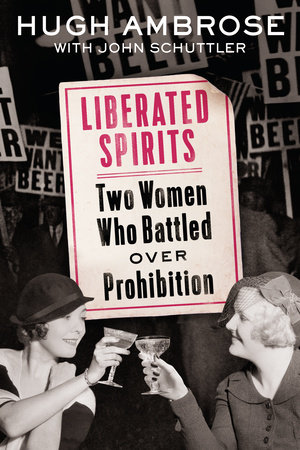
Liberated Spirits
Hugh Ambrose
A window on the time when two Constitutional Amendments were passed—the 18th, which banned the sale of alcohol, and the 19th, which gave women the right to vote—Liberated Spirits will ignite a conversation around women and politics in the roaring ’20s. Prohibition and voting rights were entwined in a complicated relationship, and readers will love dissecting it.
-

In Search of Lost Books
Giorgio Van Straten
Bibliophiles with a taste for the philosophical will delight in this story of eight “lost” works by famous writers, including Ernest Hemingway, Lord Byron, Sylvia Plath, and others. It’s a globe-trotting, centuries-spanning literary detective novel that will reveal the inner book reviewer in every reader. Charming and disarming, it’s also a book nerd’s dream.
-
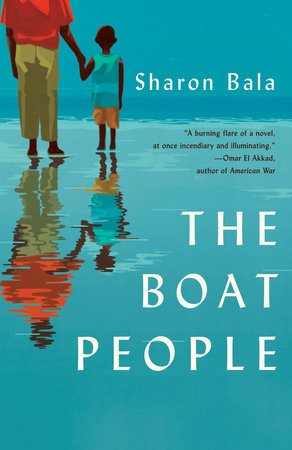
The Boat People
Sharon Bala
Sharon Bala’s timely debut novel promotes a deep dive on international relations. The story centers on a group of refugees who flee to Canada during the Sri Lankan civil war and are thrown into detention amid suspicion that they’re terrorists. The politics and social justice issues raised here demand thoughtful consideration.
-
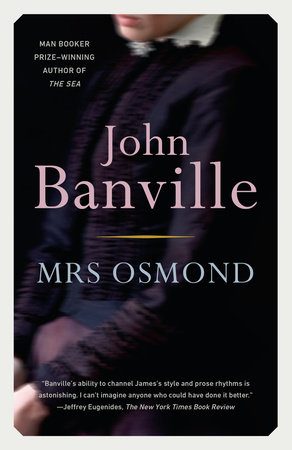
Mrs. Osmond
John Banville
John Banville picks up the narrative of The Portrait of a Lady where Henry James tantalizingly left off, and convincingly imagines the rest of Isabel Archer’s life. Because the award-winning author is so skilled at portraiture, he’s able to craft a would-be sequel of which James himself surely would have approved.
[ad_2]
Source link
